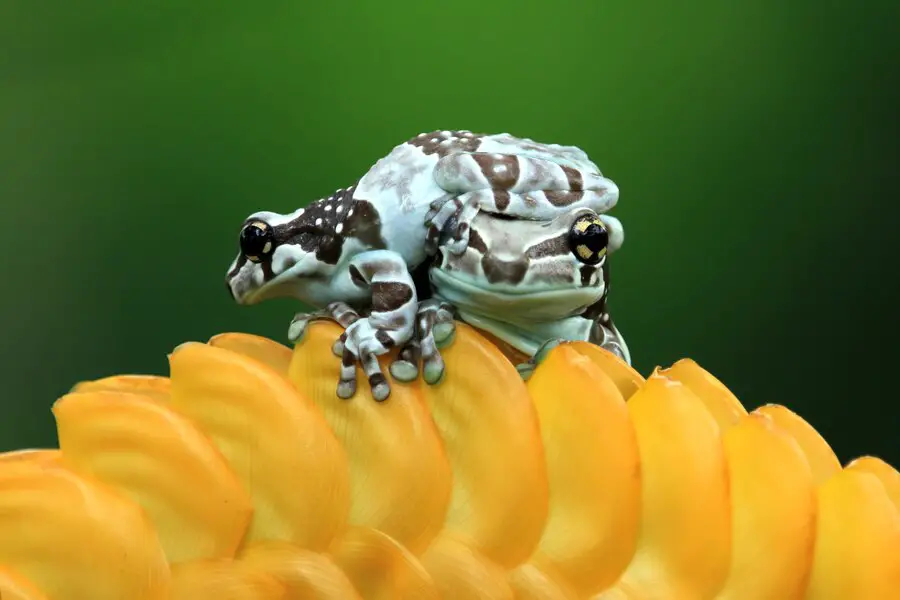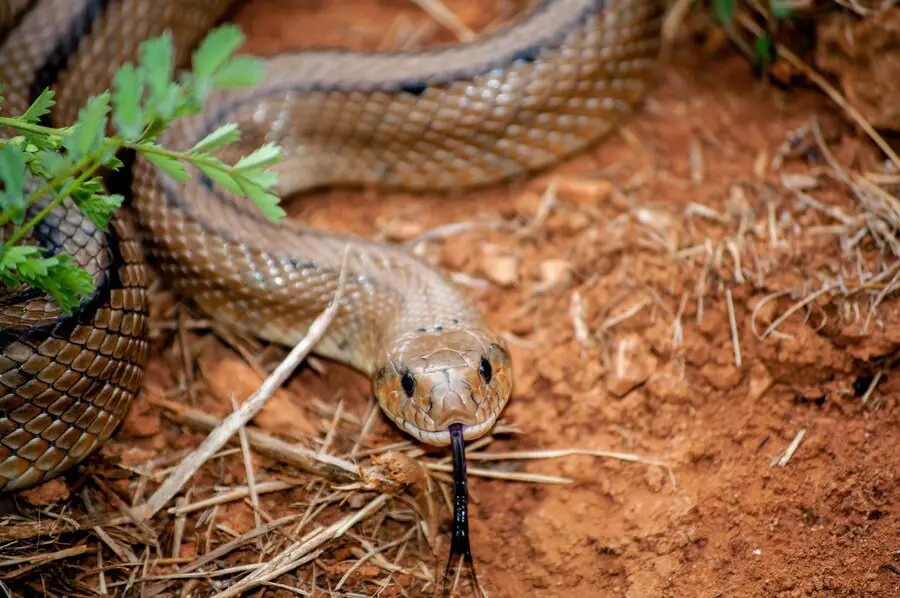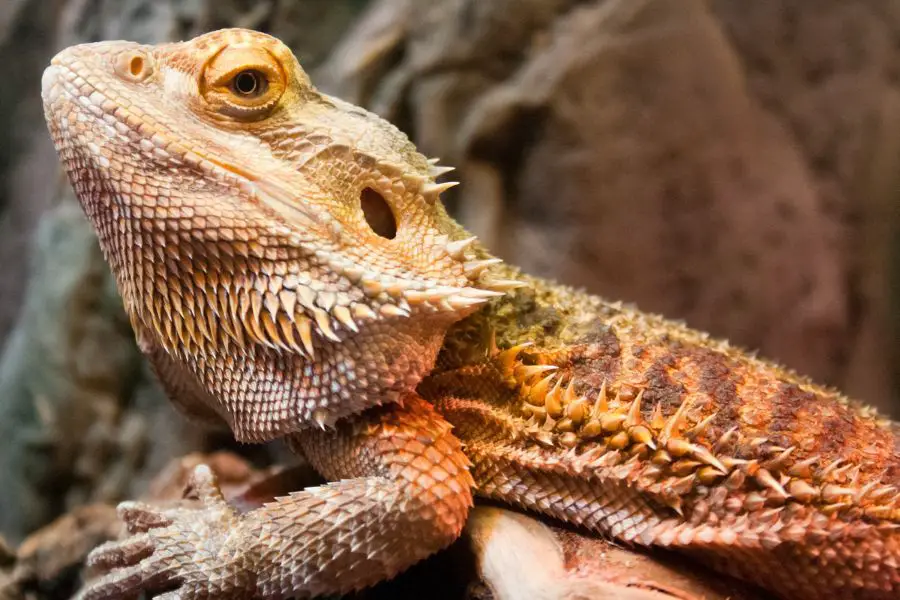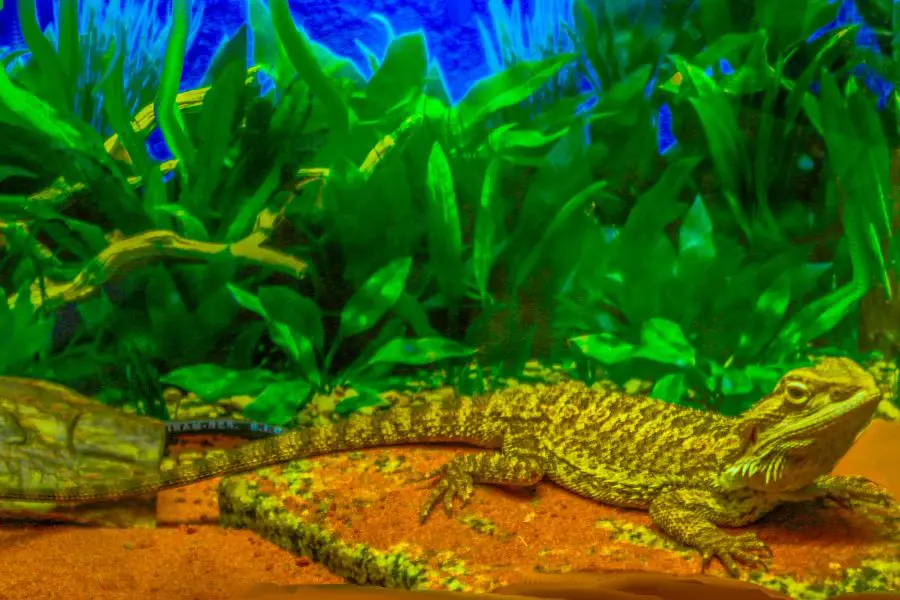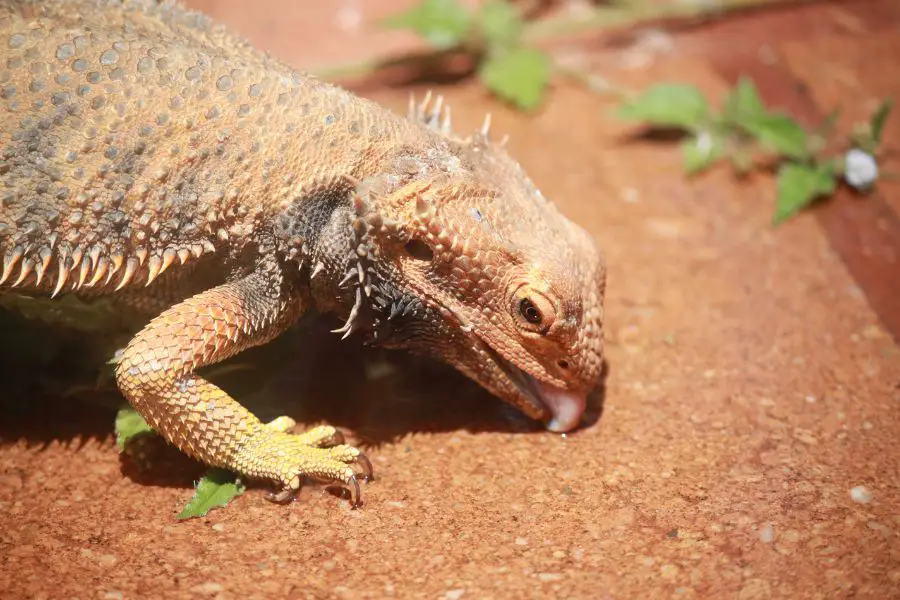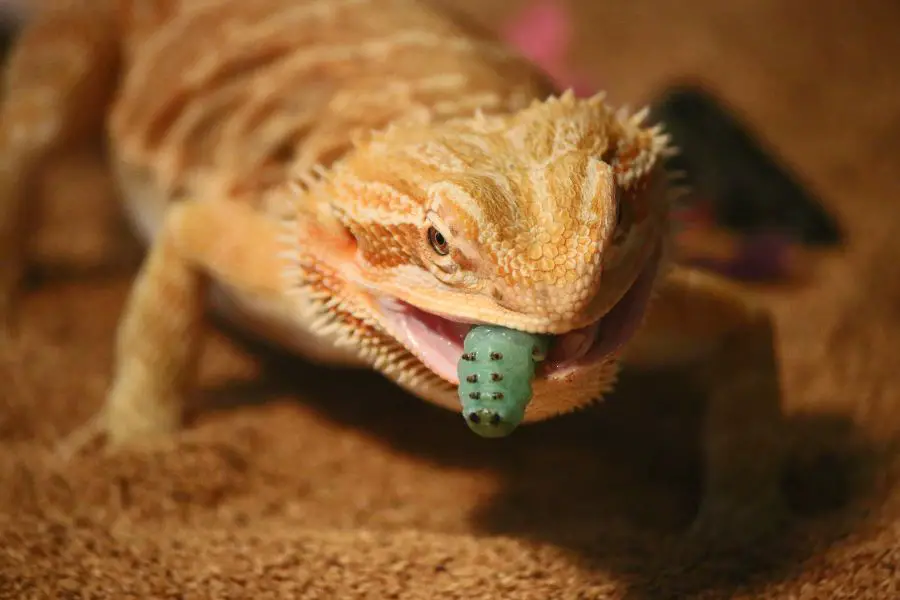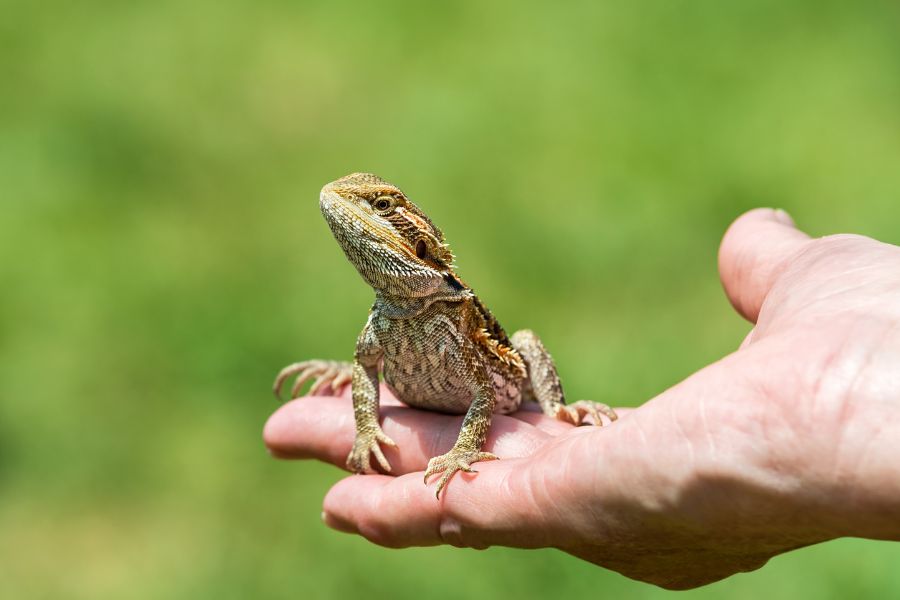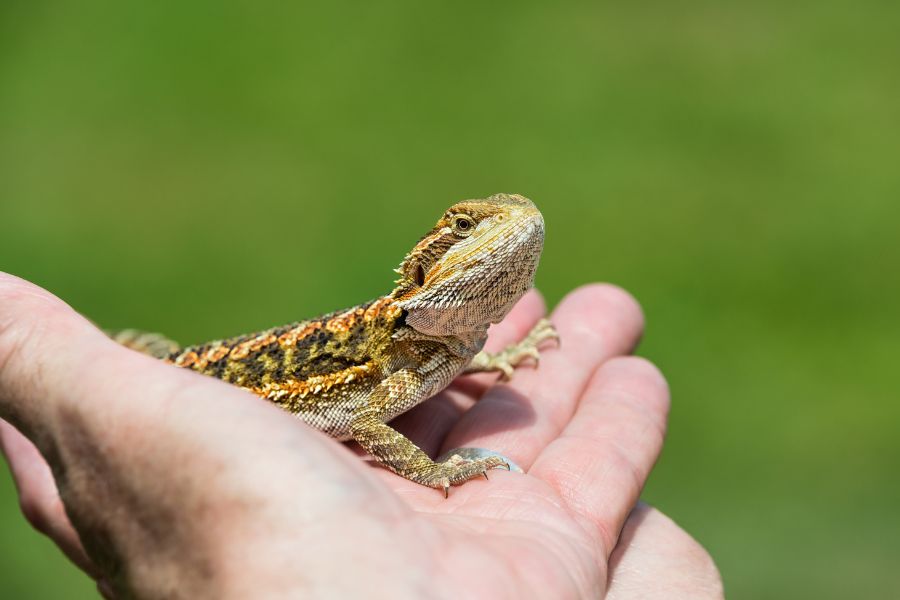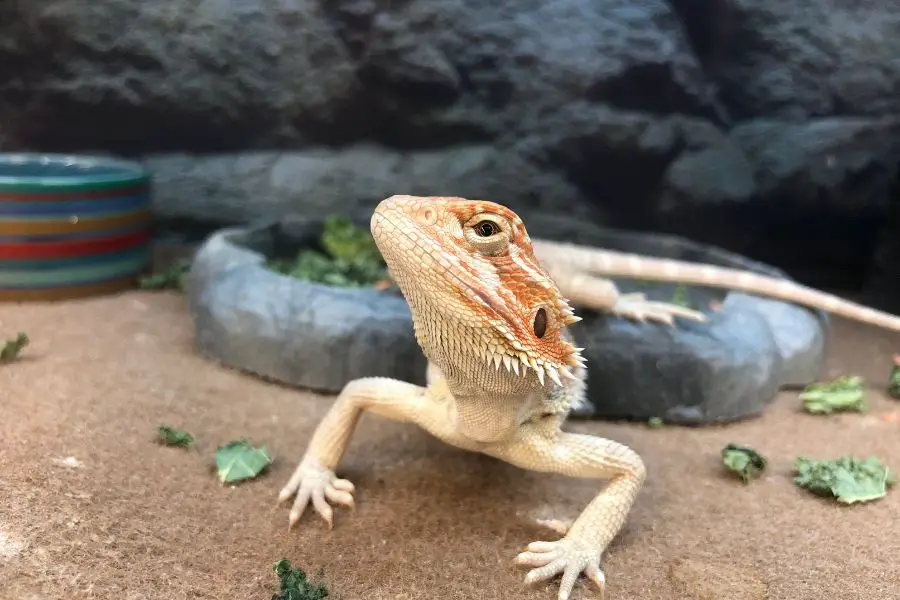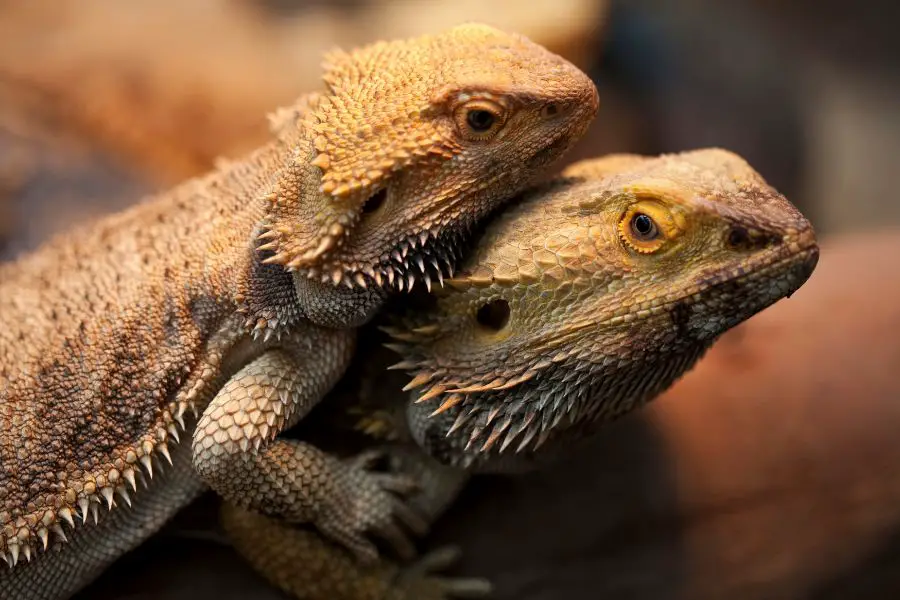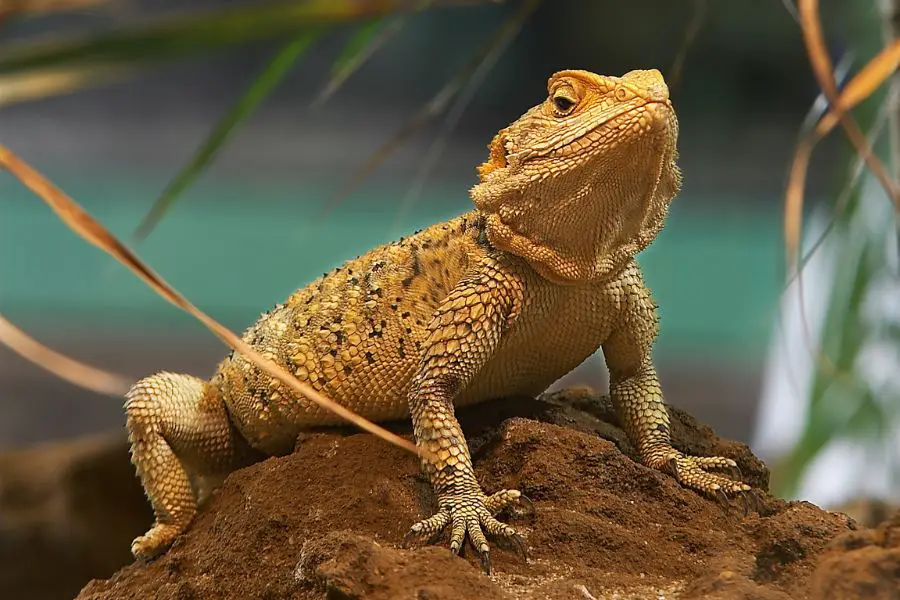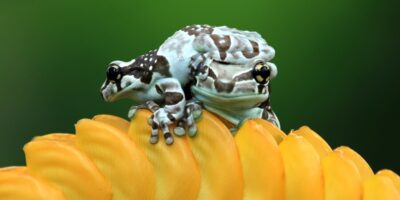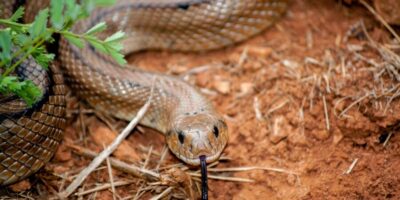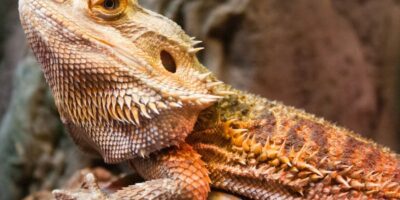Bearded dragons, cherished as popular reptile companions, bring joy to many households. With the privilege of owning these captivating pets comes the responsibility to monitor and ensure their well-being. This introduction sets the stage for a crucial exploration: understanding the signs that indicate whether a bearded dragon is in distress or facing potential health issues.
General Indicators of Health
General indicators of health in bearded dragons involve establishing a baseline of normal behavior and appearance. Knowing what is typical for your dragon—whether in activity levels, eating habits, or appearance—forms the foundation for recognizing any deviations that may signal potential health issues. Observing and understanding these general traits allow responsible pet owners to promptly identify changes and seek appropriate care, ensuring the overall well-being of their beloved bearded dragons.
Signs Of A Healthy Bearded Dragon
Recognizing signs of a healthy bearded dragon is paramount for pet owners. Vigorous activity, a hearty appetite, clear eyes, and vibrant skin colors indicate overall well-being. However, the importance of regular veterinary check-ups cannot be overstated. Professional examinations catch potential health issues early, offering preventive care that contributes to a longer and healthier life for bearded dragons.
Routine visits enable veterinarians to assess diet, address husbandry concerns, and ensure optimal conditions, reinforcing responsible pet ownership. Combining vigilant at-home observations with regular vet check-ups establishes a comprehensive approach to maintaining the health and happiness of these captivating reptilian companions.
Behavioral Changes
Recognizing behavioral changes is key to understanding a bearded dragon’s well-being. Owners should be attentive to alterations in activity levels and basking behavior, as these may indicate stress or health issues. Observing changes in eating habits and appetite is crucial, as diminished appetite can be a red flag. Additionally, paying attention to unusual behaviors like lethargy or excessive hiding provides insights into their mental and physical state.
Consistent monitoring of these behavioral cues enables proactive responses, promoting responsible pet ownership and ensuring the overall health and happiness of these remarkable reptilian companions.
Physical Symptoms
Monitoring physical symptoms in a bearded dragon involves checking for signs of dehydration and discolored skin. Ensure your dragon’s skin maintains a healthy coloration and texture, as changes can indicate underlying health issues. Vigilance in recognizing these physical symptoms is essential for prompt intervention and optimal care.
Regular assessment of hydration levels and skin condition contributes to responsible pet ownership, safeguarding the well-being of these unique reptilian companions.
Potential Indicators Of Health Issues
Examining the eyes, nose, and mouth of your bearded dragon is crucial for maintaining their health. Look for abnormalities such as discharge, swelling, or discoloration, as these could signal underlying issues. Additionally, pay attention to feces and urates, as irregularities in color, consistency, or frequency may indicate health issues. Regular checks of these areas empower responsible pet owners to detect potential problems early, allowing for timely veterinary intervention and ensuring the overall well-being of their beloved bearded dragons.
Respiratory Distress
Respiratory distress in bearded dragons is a serious concern, requiring vigilant observation. Recognize signs such as labored breathing, wheezing, or nasal discharge, which may indicate respiratory problems. Address concerns related to paralysis or limb weakness promptly, as these symptoms can signify neurological issues or metabolic disorders.
Understanding the significance of open-mouth breathing and gaping is crucial, as it may signal respiratory distress or overheating. Regular checks for these red flags empower responsible pet owners to seek timely veterinary care, ensuring early intervention and optimal respiratory health for their cherished bearded dragons.
Common Causes Of Decline In Bearded Dragons
Several factors contribute to the decline in bearded dragons’ health, necessitating focused care. As these reptiles age, they may encounter age-related issues requiring specialized geriatric care. Nutrition-related problems, such as imbalances or deficiencies, can adversely impact their well-being, emphasizing the importance of a balanced diet.
Bearded dragons are susceptible to parasitic infections, and addressing such issues promptly is crucial for their health. Other underlying health conditions, like respiratory or metabolic disorders, can contribute to decline. Understanding these common causes enables responsible pet owners to implement preventative measures, ensuring a higher quality of life and longevity for their cherished bearded companions through proactive care.
Coping With The Possibility of Loss
Coping with the possibility of losing a bearded dragon can be emotionally challenging for owners deeply attached to their scaly companions. Providing emotional support during such times is crucial. Fellow enthusiasts, online communities, or local reptile clubs can offer empathy, understanding, and shared experiences. Acknowledging the grief process and allowing owners to express their feelings fosters a supportive environment.
Additionally, seeking guidance from a veterinarian can aid in making informed decisions for the well-being of the dragon. Coping with loss is an integral part of responsible pet ownership, and compassionate support from the community can ease the emotional burden during difficult times.
Acknowledging The Grieving Process
Acknowledging the grieving process is essential for pet owners facing the loss of their bearded dragon. Mourning a beloved reptile is a natural and valid emotional response. Grieving allows owners to reflect on the joy and companionship their dragon provides. Encouraging responsible pet ownership involves learning from the experience, understanding the unique needs of bearded dragons, and making informed decisions for future care.
Through this process, owners not only honor the memory of their lost companion but also contribute to the welfare of future pets, fostering a community of mindful and compassionate reptile enthusiasts.
Conclusion
In conclusion, understanding the signs of distress in bearded dragons is crucial for responsible pet ownership. We’ve explored key indicators, from behavioral changes to physical symptoms, and delved into potential causes of decline. Vigilance and prompt action are paramount in ensuring the well-being of these remarkable reptilian companions. By empowering readers with the knowledge to recognize and address these signs, we contribute to the health and happiness of bearded dragons.
